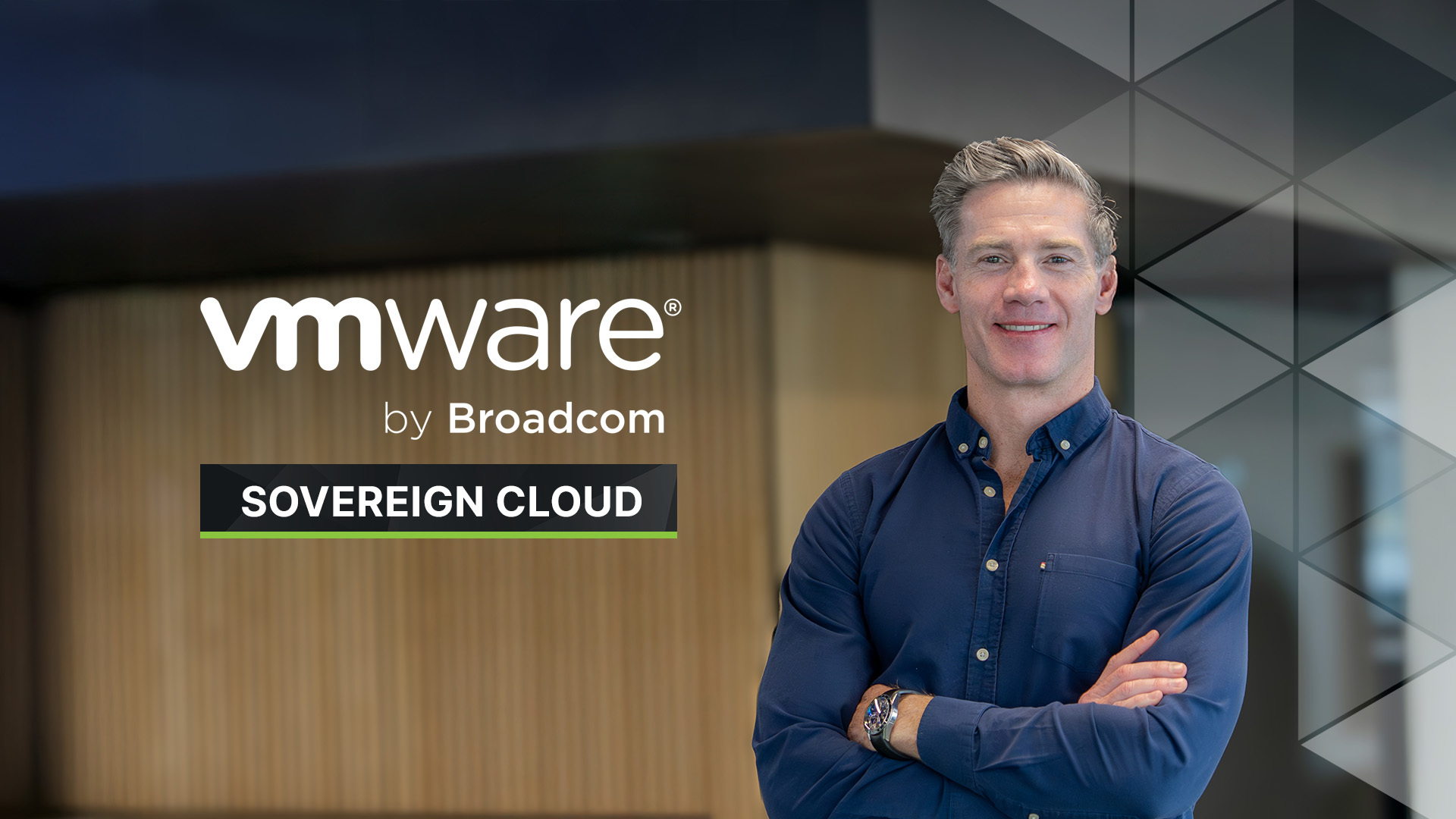Consuming software by subscribing to a service is becoming far more common than actually buying a product outright. One everyday example of this is the move from purchasing CDs and DVDs to subscription services such as Spotify and Netflix. From Dropbox to Mailchimp, or Photoshop to Hubspot, service-based subscriptions have become an integrated part of our daily lives.
In the tech industry, ‘as-a-service’ models are also increasingly replacing traditional ownership models. One recent example of this is VMware, which, since being acquired by Broadcom, now only offers subscription licences, replacing their previous perpetual licences.
When you rely on this type of software delivery model, you are using Anything-as-a-Service (XaaS), a collective term for cloud-based subscription services.
XaaS is delivered over a network, rather than on-site, and therefore requires participation from a third-party provider, which could range from simply providing the infrastructure to producing and delivering a ready-to-go application.
With XaaS, it is a bit like renting the functionality of the technology, rather than actually buying the solution. This way, you only pay for what you use, but you never own the product yourself.
What are the most common ‘as-a-service’ models?
The most common of the ‘as-a-Service’ models are SaaS, IaaS and PaaS. So, what do these acronyms mean?
What is SaaS?
Software-as-a-service (SaaS) is the most common type of XaaS. It refers to the delivery of ready-made applications, such as Salesforce or Disney +, to users who pay a recurring usage fee.
Typically, the fee will cover updates and upgrades to the application as well as your usage, which is not always the case when you buy a solution outright. Compared to other as-a-Service products, SaaS places the most responsibility on the provider, including the maintenance, management and development of the program itself.
What is PaaS?
Platform-as-a-Service (PaaS) provides the tools and framework that you need to develop, manage and run unique, customisable software. Typically, PaaS provides pre-configured virtual machines (VMs), alongside other resources and is accessed via a web browser.
PaaS is popular with developers, as it saves them from sourcing individual software tools to create their own solutions. It can even reduce the amount of code they need to write, which makes the development and deployment of apps much more cost-effective.
What is IaaS?
Infrastructure-as-a-Service (IaaS) is where the provider hosts the infrastructure – including servers, virtualisation, and storage – that you need to use and store your data. By deploying and configuring VMs in a third-party data centre, you can ensure your data is secure and manage your systems remotely.
With IaaS, the user has a lot more freedom than PaaS and SaaS – but also a lot more responsibility. As a self-service model, the maintenance and management of software and applications ultimately lie with you, so you need to have experts in-house, or a managed service provider to run it for you.
IaaS is a flexible, cost-effective and scalable solution compared to hosting your infrastructure in-house. For businesses such as ticket vendors, IaaS is the perfect solution for planned, periodic spikes in traffic as you only pay for the extra resources as you use them, rather than large bills all year round.
What are the challenges of XaaS?
There may be some concerns from customers about using an XaaS model for their business, particularly for business critical services. With this model only set to increase, it is important to address these concerns.
- Security – As the service is being delivered through a third-party provider, your data is linked to them. If the provider does not have thorough security measures in place, your data could be at risk in the case that they suffer a breach.
- Cost – In a traditional ownership model, you will pay for the product or service once upfront (a capital expenditure), but with the ‘as-a-service’ model you continue paying regularly for as long as you use it (an operational expense). The cost of the subscription can increase through its lifetime.
- Vendor lock-in – XaaS services come with a risk of vendor lock-in, where the customer is dependent on the provider, and moving away would be impractical and costly. This leads to the customer feeling forced to stick with the provider.
These challenges can generally be mitigated through thorough research and choosing a reputable provider. Before beginning a contract for any product or service you should ensure the provider adheres to the highest security measures, and holds any relevant certifications for this. You can also ask the provider about their information security and privacy policies. Similarly, a provider should be transparent about their prices from your initial consultation, and clearly explain how and when any price increases may be implemented. To avoid vendor lock-in, look for a provider with no exit fees and a simple process should you choose to leave.
What is the future of the ‘as-a-service’ model?
Whilst IaaS, PaaS and SaaS are the three key players in the cloud services environment, almost anything can be consumed as-a-service. DaaS (Desktop-as-a-Service), DRaaS (Disaster-Recovery-as-a-Service) and BaaS (Backup-as-a-Service) are amongst many other commonly used cloud-based services.
Each of these cloud computing models gives users flexibility and options that on-premise hosting simply cannot provide. While some businesses have been nervous to adopt XaaS because of security or compliance concerns, the combination of global internet access, high-bandwidth and the rapid adoption of cloud computing provides a rich environment for accelerated XaaS growth.
Interested in finding out more? Fill out our contact form and one of our cloud experts will be in touch.






